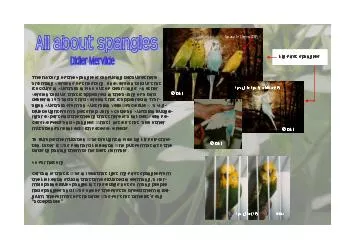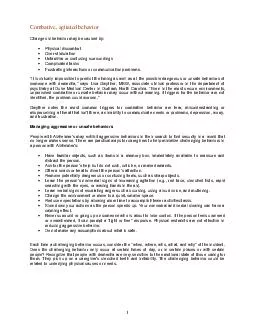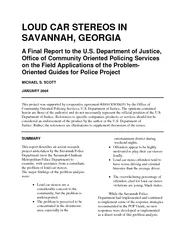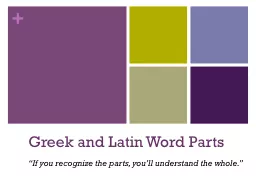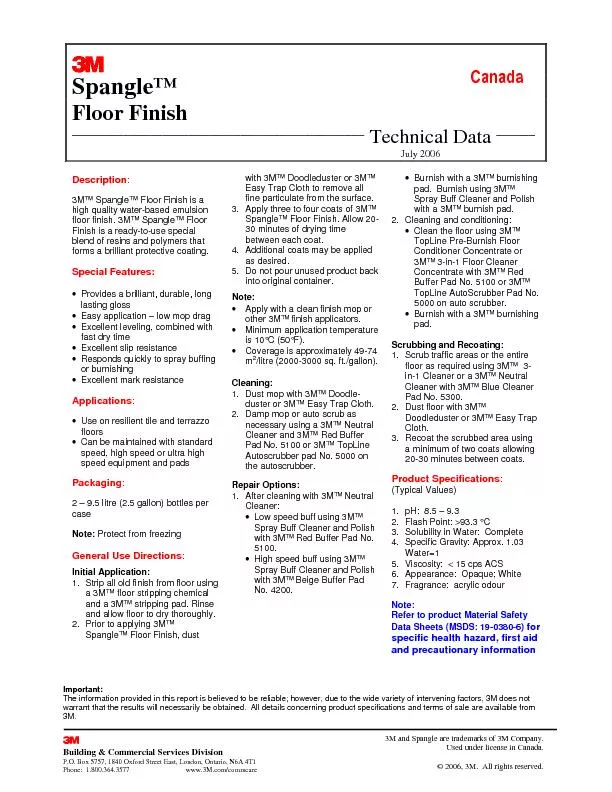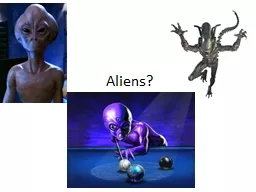PDF-of the Spangle is confusing because there
Author : min-jolicoeur | Published Date : 2015-10-28
The history are many versions of the story One version told us that it occurs in Australia in 1960 out of clearwings An other version told us that it appeared in
Presentation Embed Code
Download Presentation
Download Presentation The PPT/PDF document "of the Spangle is confusing because ther..." is the property of its rightful owner. Permission is granted to download and print the materials on this website for personal, non-commercial use only, and to display it on your personal computer provided you do not modify the materials and that you retain all copyright notices contained in the materials. By downloading content from our website, you accept the terms of this agreement.
of the Spangle is confusing because there: Transcript
Download Rules Of Document
"of the Spangle is confusing because there"The content belongs to its owner. You may download and print it for personal use, without modification, and keep all copyright notices. By downloading, you agree to these terms.
Related Documents

